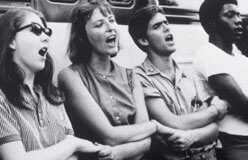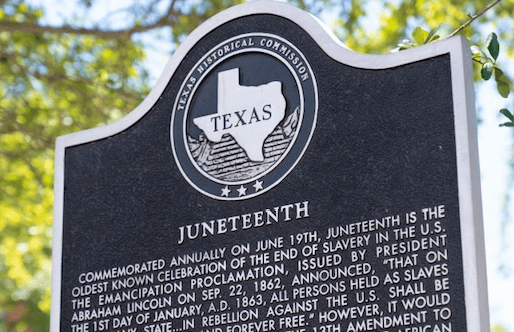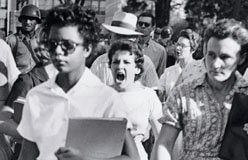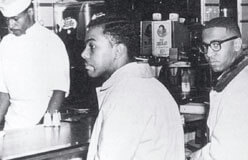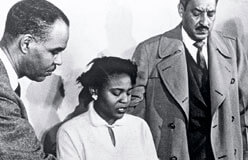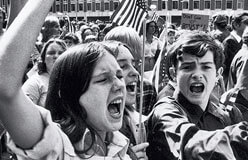Slavery in the United States officially ended in 1865 with the end of the Civil War. But that was not the end of the mistreatment of African Americans.
By the turn of the century, a system had been developed to keep Black people “in their place.” This place was inferior socially, economically, and politically to that of White people. The system was called segregation—the separation of the two races.
In the South, laws kept Black and White people in segregated schools, restaurants, and restrooms, at segregated drinking fountains, and in the backs of buses. In the North, there were unwritten rules about where Black people could live, work, and play. Two tools kept segregation in place. One was the constant threat of violence against Black people. The other was the southern states’ systematic denial of Black peoples' right to vote.
From the beginning of segregation, Black people fought hard for their rights as citizens of this country. But until the 1950s, they didn’t make much progress. Then, a series of nonviolent protests began to undo some of the wrongs done to Black people, starting with the enslavement and involuntary movement of their ancestors. These protests came to be known as the civil rights movement.
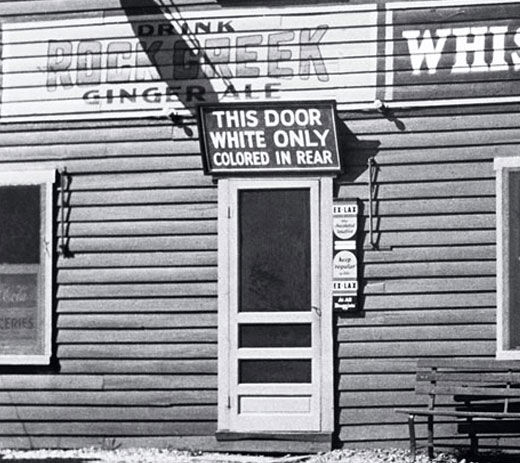
◀ Segregation produced some bizarre and shameful situations. In the 1940s, when the U.S. was at war with Germany, German prisoners of war were being transported from one prison to another in the South. During the trip, they were taken to a roadside café for lunch. The White enemy prisoners were served inside the restaurant. The Black soldiers who were guarding them were told to pick up their food at the back door of the café and eat it outside.
What are civil rights? They are the protections and privileges guaranteed by law to citizens of a country. In the United States, civil rights include the right to vote and the right to equal treatment in the eyes of the law. In 1920, after a long fight, women won for themselves the civil right to vote. Prominent Black Americans, including former slaves Frederick Douglass and Sojourner Truth, who were formerly enslaved, were involved in the women’s suffrage movement. ▶

Civil rights protesters drew strength and joy from singing together. “We Shall Overcome” became the movement’s anthem.
We shall overcome,
We shall overcome,
We shall overcome some day;
Oh, deep in my heart,
I do believe,
We shall overcome some day.
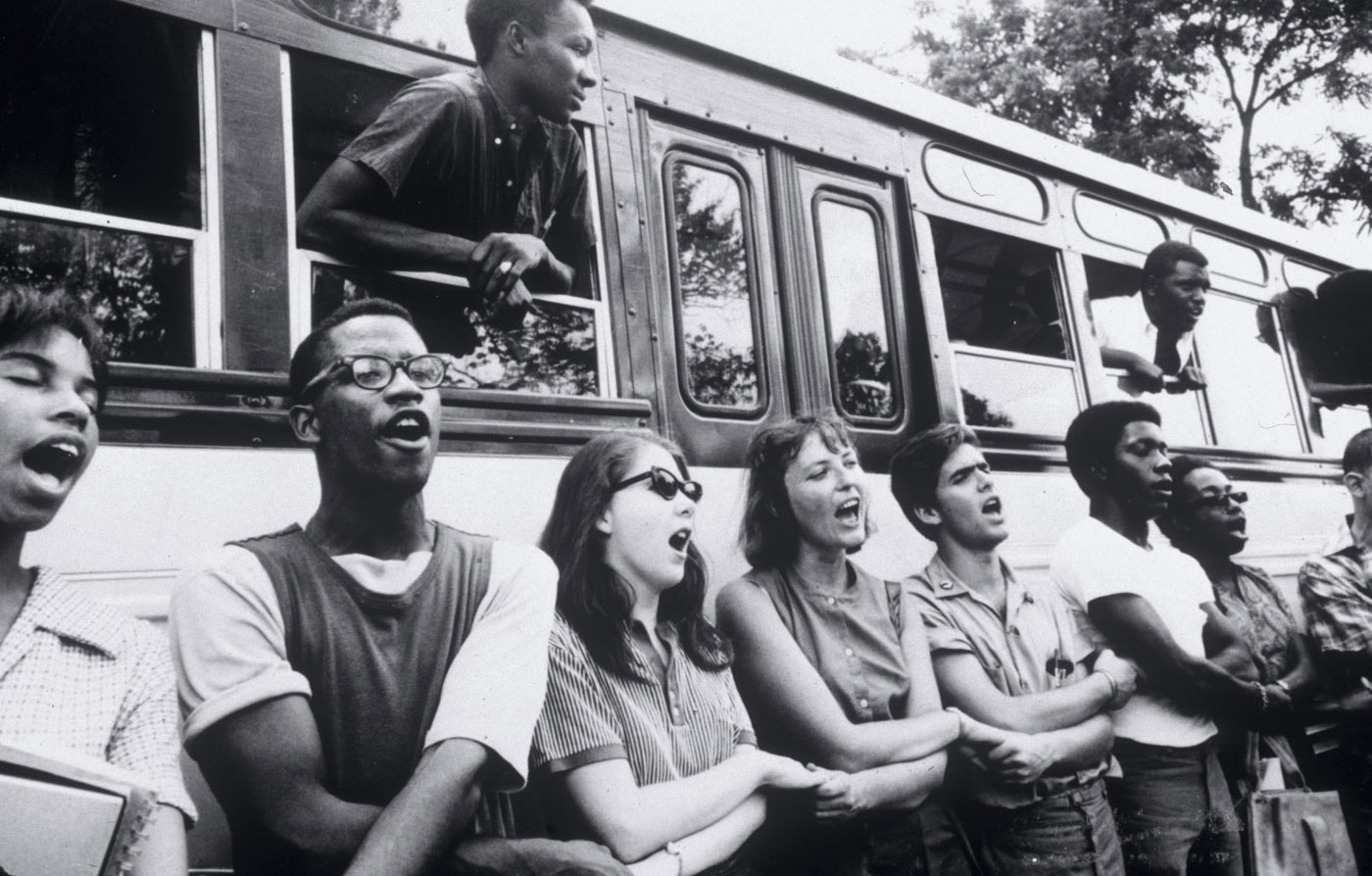
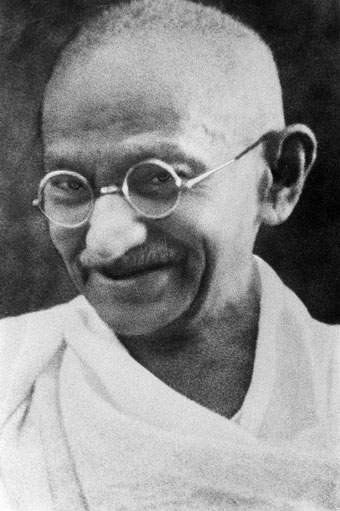
◀ The leaders of the civil rights movement were committed to using only nonviolent protest. That meant marches, mass demonstrations, and sit-ins to point out injustices. Nonviolent protest often involved civil disobedience. That meant breaking a law the protesters considered unjust, and being willing to go to jail for it. Mohandas K. Gandhi (left) served as an inspiration for the U.S. civil rights movement. He was the leader of a nonviolent movement that freed India from British domination in 1947.
Civil Rights Dictionary
Desegregation
Putting an end to the policy of segregation
Discrimination
Treating people differently based on race or some other characteristic
Integration
Incorporating, as equals, people of different groups
Prejudice
Intolerance or irrational hatred of other groups
Racism
An attitude of superiority toward a person of a different race, most often directed towards non-White people
Segregation
The policy of keeping racial groups apart from each other
Check It Out!
Who was Henry David Thoreau, and how did he influence the U.S. civil rights movement?
Nonviolent protesters were inspired by American writer Henry David Thoreau. He wrote an essay called “Civil Disobedience” in 1849. Thoreau went to jail because he refused to pay taxes, as an act of protest against slavery and the Mexican War.
